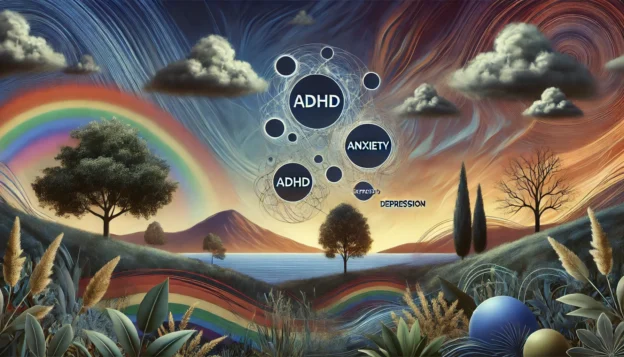This article explores the broader spectrum of camouflaging behaviours among neurodivergent people with AuDHD, extending beyond masking. It describes overcompensating, over-explaining, role-playing, disappearing, hyper-mirroring, caregiving, channelling intensity into acceptable pursuits, and intellectualising emotions. A comparison table shows how these strategies differ from masking while still leading to exhaustion, identity confusion, and misdiagnosis.
Continue reading

















